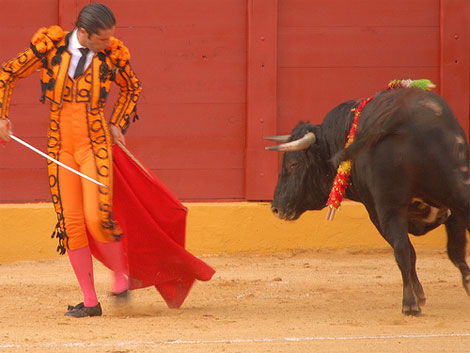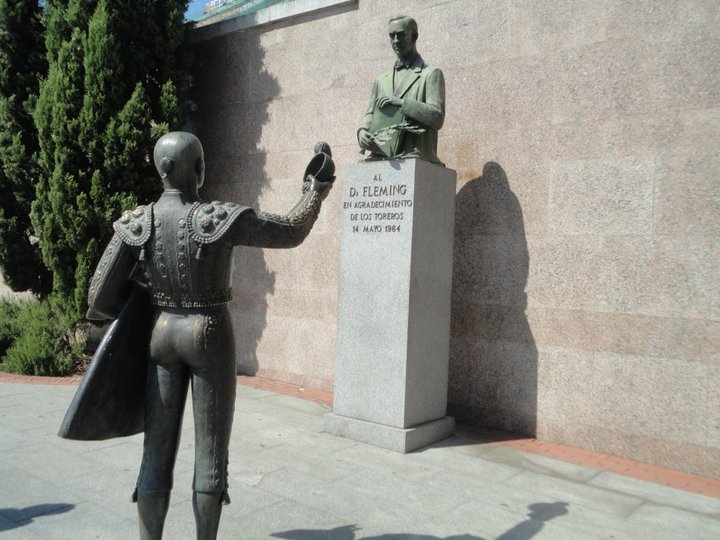And so, we come full círculo.
I mean, this is may last passion post?!
As crazy as that seems to write, indicating that my Freshman semester has come and gone, what’s even crazier to me is that next year at this time I will be almost done with a semester in Seville, Spain. Well, ideally. But applied! And as long as they don’t find a reason to say no, my heart is set on Andalusia. As hot, as dry, as wonderful, and as scary as it will be.
See, upon applying for the program, I decided al último momento to switch from the Liberal Arts program to the Advanced Liberal Arts program. Big deal, you say. Congrats. But GUYS. No longer will I be another American foreigner in Cursos para los Extranjeros – or courses for foreigners – that, while in Spanish, are basically just surrounding myself with other Americans who think they’re being immersed in the culture but are only kinda-sorta. I mean, how in the world are you supposed to really meet the Spanish people, specifically Spanish college students, if you’re cooped up with a bunch of Americans for classes? Nope. I will be a full-blown Universidad de Seville student with Spanish peers, Spanish professors, and the expectation that I can understand and return the fluent (and rapid) Spanish of Southern Spain. Needless to say, my first month or so will be daunting.. but. It’s worth it for the authentic experience, right?
Perhaps, throughout my entire blogging experience this semester, I have learned enough about sending my thoughts into the internet to be inspired to start a blog once I am in Spain. Beyond my adventures in Seville, I could write of my weekend mini-visits to other European destinations – whatever those may be (but I hope they are many!) Rather than a blog of preparation (which honestly, I can only do so much while still here in America), I could offer tales of my fails, successes, loves, hates, and all-around aventura. Kind of like Eat, Pray, Love, except a little less cool and hopefully without the preceding mental breakdown. But who DOESN’T stalk people who are in foreign countries on the internet? Oh, maybe that’s just me, the wannabe full-time traveler.
Anyways, stalk me in nine months, people.














